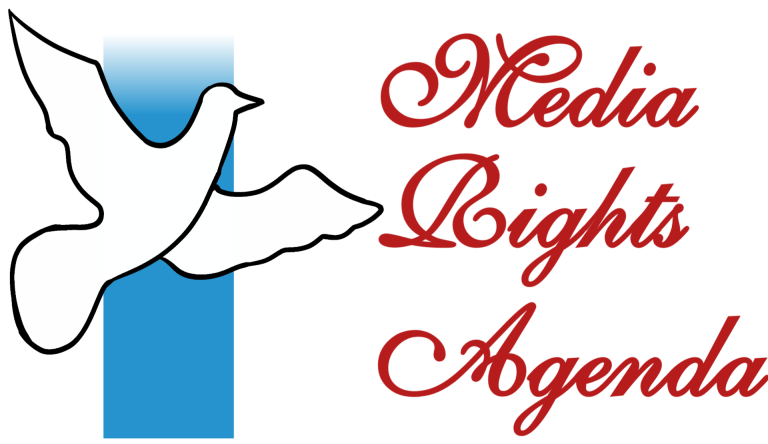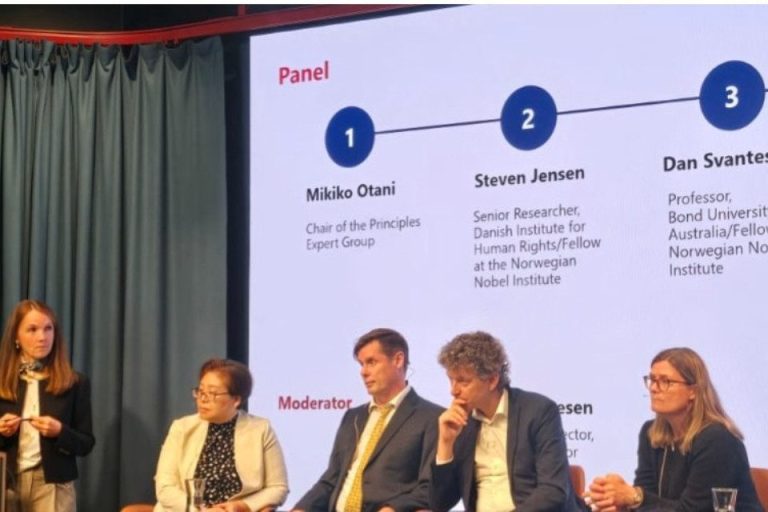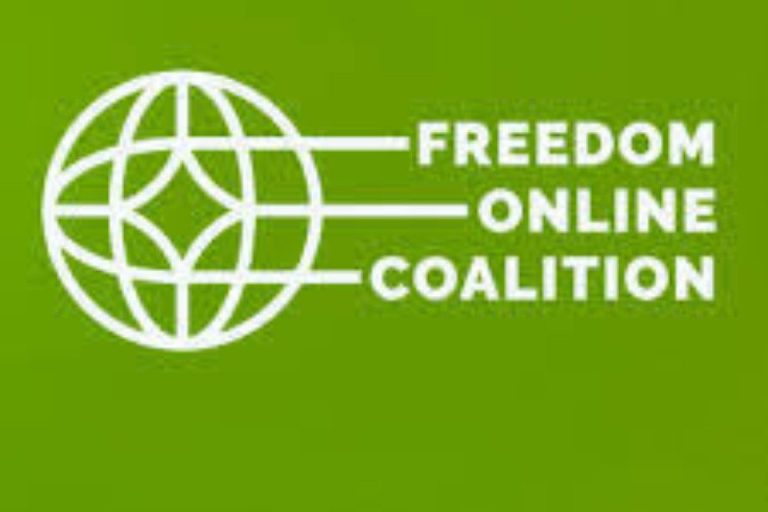The Washington-based Center for International Media Assistance (CIMA) has released a new report in which it undertakes a scathing assessment of the digital surveillance industry as “a broad and largely opaque network of companies that produce technology to monitor and track individuals”, saying there is no question that their spyware is being used by governments to identify, monitor, and ultimately silence journalists.
Titled “Spyware: An Unregulated and Escalating Threat to Independent Media”, the report was written by Samuel Woodhams, a digital rights researcher and freelance journalist based in London, who focuses on the intersection of surveillance technology, human rights, and democratic governance.
According to the report, “The digital surveillance industry is a broad and largely opaque network of companies that produce technology to monitor and track individuals. From tools that surveil citizens’ social media profiles to devices that indiscriminately monitor the activity of nearby mobile phones, the range and sophistication of technologies available has never been greater.”
It noted that although their delivery methods and capabilities vary, all spyware products are designed to infect a user’s device and monitor their digital activity while remaining undetected, meaning that an infiltrator can covertly access a target’s phone calls, text messages, location, internet searches, and stored data, especially as the products are capable of evading antivirus tools that are specifically designed to detect malicious activity.
The report said the rapid expansion of the digital surveillance industry has enabled governments around the world to acquire new technologies to monitor journalists, silence independent journalism, and control the flow of information, stressing that “There is no question that spyware is being used by governments to identify, monitor, and ultimately silence journalists.”
It stressed that the negative impact of commercial spyware on journalists’ safety is unmistakable, especially when the information that the spyware extracts promotes physical attacks or even murder of a journalist or source, adding that the spyware’s impact on journalists globally, however, extends far beyond the journalists and sources directly targeted.
It quoted the London-based advocacy organization, Privacy International, as saying, more than 500 companies globally now sell “systems used to identify, track, and monitor individuals and their communications for spying and policing purposes.”
The report noted that most spyware manufacturers have not willingly published a comprehensive list of their customers while Governments also regularly refuse to disclose details of their surveillance arsenals, citing the response to the Pegasus Project revelations, where no single country confirmed that it used the NSO Group’s software.
According to the report said while established democracies have not misused the technology to the same degree as authoritarian regimes, they still play a vital role in the commercial spyware industry by facilitating the sale of the technology to governments where its malign use is more likely.
It identified the most obvious harmful impacts of sophisticated spyware to be when the technology is used to support the extrajudicial killing and imprisonment of prominent journalists or their sources, saying although these cases may be relatively infrequent, they provide important insights that show how repressive regimes use these tools.
The report said in addition to the increasing use of spyware to monitor journalists and ultimately assist in their arrest or murder, the use of commercial spyware also has a “terrorizing” effect, even when they are not directly targeted as the mere presence of the invasive surveillance technology may cause journalists to avoid publishing particular stories and to self-censor while also sometimes making it difficult for them to find sources who are willing to speak to them.
The proliferation of these technologies, it added, also undermines journalists’ ability to build trusted relationships with whistle-blowers and other sources, insisting that “From creating an atmosphere of fear that promotes self-censorship to putting sources and whistle-blowers at risk, surveillance technologies dramatically undermine the ability of independent media outlets to operate independently and in the public interest.”
According to the report, “Targeted spyware has become an important way for authorities to crack down on independent media and attempt to control the free flow of information” with the result that in such an environment where journalists are routinely targeted by these invasive technologies, the critical role of a free and objective media to bolster democratic society by informing the citizenry and providing a check on power is seriously compromised.
It insists that it is not just the direct threat that spyware poses to journalists that should be taken into account as the potential of its use to induce self-censorship among journalists, as well as the chilling effect it creates more broadly, should also be considered in terms of how it impacts the free flow of information.
The report concedes that not all journalists are impacted the same way by this new technology, but explains that recent reporting suggests that its prevalence and use is more widespread than previously thought.
Moreover, it said, the growing and sustained threat that spyware poses to journalists and news outlets is likely adding one more strain to an already beleaguered and under-resourced sector.
The report proposes sustained collaboration among press freedom organizations, human rights nonprofits, digital security experts, journalists, and news outlets as a way of addressing the proliferation of targeted spyware and pushing for greater transparency and accountability.
Without such a response, it argued, the commercial spyware industry will undoubtedly continue to grow unabated.







